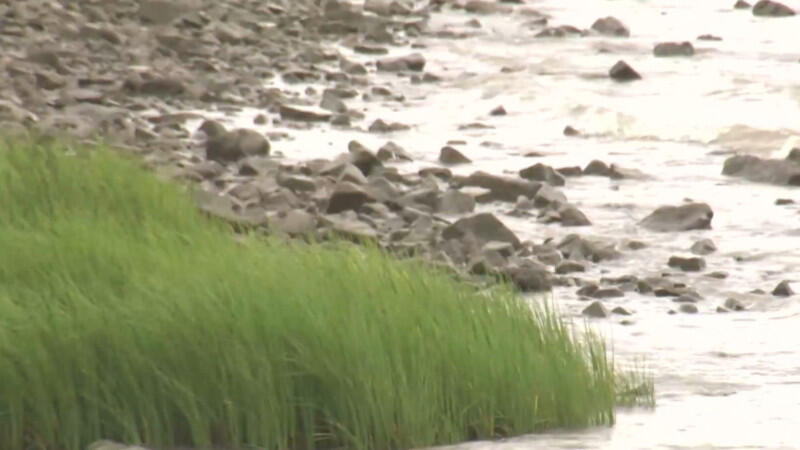The Shanghai Municipal government has long been battling with water pollution in the Yangtze River Delta to prevent water shortages.
CCTV’s Hu Nan visited the city’s biggest reservoir to see how it has helped Shanghai and the problems that still need to be addressed.
Shanghai sits at the point where the Yangtze River pours into the ocean. But the city has still suffered from water shortages caused by pollution.
That was before the completion of the Qingcaosha reservoir.
On the right side of the dam is the Yangtze River. Every day on average, the dam provides over 7,000 cubic meters of water to the QingCaoSha reservoir, which in turn, supplies tap water for 14,000 Shanghai residents. That’s why the reservoir can be considered the city’s “source of life”.
Over three quarters of the tap water running in Shanghai comes from the Qingcaosha Reservoir in the northeast of the city at the mouth of Yangtze River. Spreading over 60 square km, Qingcaosha can store 68 days of water supplies. The reservoir is guarded by troops who protect this source of water for millions of people.
“We cruise on the lake surface at least twice every week for security check, and the local water police would dispatch helicopter inspection team on a regular basis. Also the land patrolling is carried out at least once every day,” People’s Armed Police, Zhang Lizhuang said.
The Qingchaosha reservoir ensures the quality of tap water in Shanghai. However, it also faces problems. It has had to stop inflows from the Yangtze River 16 times since 2010 to avoid pollution from oil leaks caused by ship collisions, chemicals discharged into the river by cargo ships, salt tides and algae blooms.
“The protection of the water source of Shanghai has been a priority for the government’s working schedule. Early this year, the municipal government has released a ‘Green Harbor three year agenda’ in Shanghai, which regulates the administration of ports and ships as well as the law enforcement. It contains 20 measures and 71 criteria,” Head of Sci-Tech Information Shanghai Municipal Transportation commission, Ye Xing said.
The Qingchaosha reservoir is supposed to last for 100 years. But experts warn that could be cut to 10-20 years if stronger action isn’t taken, and soon.
Source: CCTV











